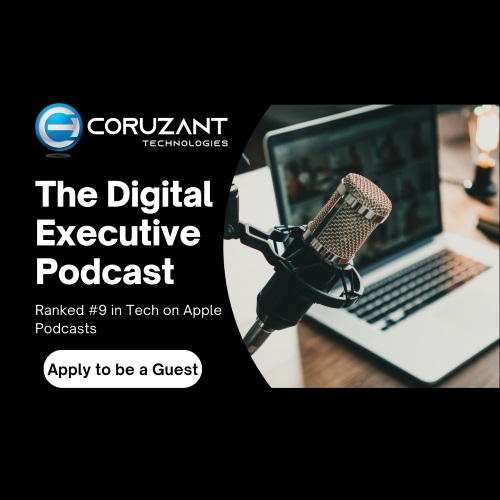In today’s fast-paced world, where digital connections are the norm, businesses rely more and more on technology to streamline operations, enhance productivity, and ensure smooth functioning. One essential technological tool that has gained prominence is monitoring and management software (RMM). RMM software plays a key role in allowing businesses of all sizes to remotely oversee and control their IT systems, network devices, servers, workstations, and other crucial components. However, with a multitude of RMM software options flooding the market, selecting the suitable one can be quite daunting.
1. Importance of Centralized Monitoring:
When assessing remote monitoring and management tools, centralized monitoring stands out as a feature that enhances efficiency and convenience. Remote monitoring platforms that offer dashboards empower businesses to monitor multiple systems from a single location. By having a dashboard at their disposal, organizations gain real-time insights into the health status of their network without the need to switch between screens or tools.
2. Significance of Automated Patch Management:
Every business recognizes the significance of applying security patches to safeguard their systems against vulnerabilities. However, managing patches can consume time for IT teams responsible for numerous devices spread across various locations. To ensure updates while easing the workload, IT personnel opting for RMM software equipped with automated patch management capabilities is crucial.
3. Powerful Remote Access Capabilities:
Automated patch management allows companies to distribute patches seamlessly throughout their network. This feature simplifies the process by automating tasks related to patch installations and ensures that all devices are updated with security patches, thus reducing potential risks or threats.
Dealing with issues promptly often requires resolving problems on affected machines or devices, even when technicians cannot be physically present at those locations. In some cases, having remote access capabilities is extremely valuable.
4. Robust Alerting and Reporting:
When selecting a Remote Monitoring and Management (RMM) software solution, it is advisable to choose one with remote access functionality that enables technicians to diagnose and resolve issues. Features like file transfer, remote control, and desktop sharing promote collaboration among team members, minimize downtime, and enhance customer satisfaction.
Proactive monitoring plays a significant role in an RMM strategy. Therefore, it is crucial for the software chosen to have alerting features. These alerts notify IT personnel promptly about network or device issues, allowing them to address problems before they significantly impact business operations. Customizable alerts ensure that relevant staff members receive notifications and remediation recommendations tailored to their roles or responsibilities with this management software.
5. Integration with Other Tools:
Efficient IT operations rely on integration between tools to simplify processes and enhance productivity. It’s crucial to select RMM software that smoothly connects with existing systems in your organization. For instance, integrating with PSA tools like ticketing systems can improve service desk workflows by enabling technicians to create tickets directly from alerts generated by the RMM or management software.
6. Scalability and Flexibility:
As businesses expand and adapt, their IT needs evolve, too. Therefore, it’s vital to opt for an RMM solution that can grow alongside your organization. Look for a solution that allows the addition or removal of devices without excessive costs or complexities. This adaptability ensures that whether your organization scales up or down, your RMM or management software can be adjusted accordingly for long-term efficiency and cost-effectiveness.
7. Security Features:
Security is paramount in today’s environment, where data breaches are prevalent. When selecting an RMM solution, prioritize security features such as encryption, secure communication protocols like HTTPS or SSH, and multi-factor authentication. These measures protect information during connections and prevent unauthorized access or data breaches.
In summary
When looking for monitoring and management software that suits your business requirements, prioritize selecting a solution that offers monitoring capabilities and automated patch management features. Moreover, having robust remote access options enables technicians to promptly identify and resolve issues while effective alert systems guarantee problem-solving. Lastly, seamless integration with tools boosts effectiveness.











